Overview
The 33μF 25V electrolytic capacitor is a polarized capacitor that offers a high capacitance value in a relatively small package. Electrolytic capacitors are widely used in power supply circuits, audio applications, and various other electronic devices due to their ability to store and release energy efficiently.
Features
- High capacitance of 33μF
- Rated voltage of 25V DC
- Tolerance of ±20%
- Radial lead configuration
- Compact size suitable for PCB mounting
- Operating temperature range of -40°C to +85°C
Specifications
- Capacitance: 33μF
- Voltage Rating: 25V DC
- Surge Voltage: 32V DC
- Tolerance: ±20%
- Ripple Current: 92mA
- Leakage Current: 0.01CV or 3μA
- Operating Temperature Range: -40°C to +85°C
Benefits
- Efficient energy storage and release
- Suitable for a wide range of electronic applications
- Compact size allows for space-saving PCB designs
- Reliable performance within the specified temperature range
Applications
- Power supply filtering and bypassing
- Coupling and decoupling in audio circuits
- Smoothing and filtering in DC-DC converters
- Timing circuits and RC networks
- General-purpose capacitance requirements in electronic devices
Pinout Diagram
Electrolytic capacitors are polarized components, meaning they have a positive and negative terminal. The longer lead is the positive terminal, and the shorter lead is the negative terminal. The negative terminal is also indicated by a stripe on the capacitor body.
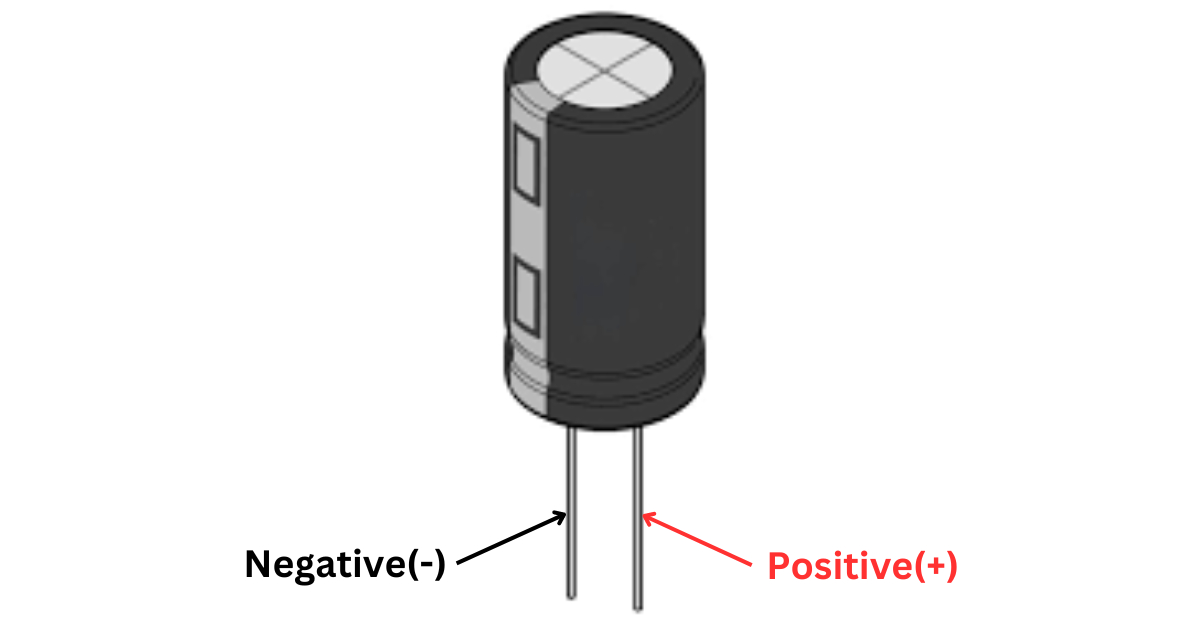
Installation Instructions
- Ensure the correct polarity when installing the capacitor.
- Solder the leads securely to the PCB pads, ensuring a good mechanical and electrical connection.
- Avoid excessive heat and mechanical stress during soldering to prevent damage to the capacitor.
- Ensure the capacitor is not subjected to reverse voltages or voltages exceeding the rated voltage.
Troubleshooting Tips
- Check for proper polarity during installation.
- Ensure the capacitor is not subjected to voltages exceeding the rated voltage.
- Replace the capacitor if it shows signs of leakage, bulging, or other physical damage.
FAQs
- What is the difference between electrolytic and ceramic capacitors?
- Electrolytic capacitors have a much higher capacitance value compared to ceramic capacitors of similar size. However, ceramic capacitors have a lower equivalent series resistance (ESR) and can operate at higher frequencies.
- Can I use a capacitor with a higher voltage rating?
- Yes, you can use a capacitor with a higher voltage rating than the circuit requires. However, using a capacitor with a lower voltage rating is not recommended as it may lead to failure.
- How do I identify the positive and negative terminals of an electrolytic capacitor?
- The positive terminal is indicated by the longer lead, and the negative terminal is indicated by the shorter lead. The negative terminal is also marked with a stripe on the capacitor body.

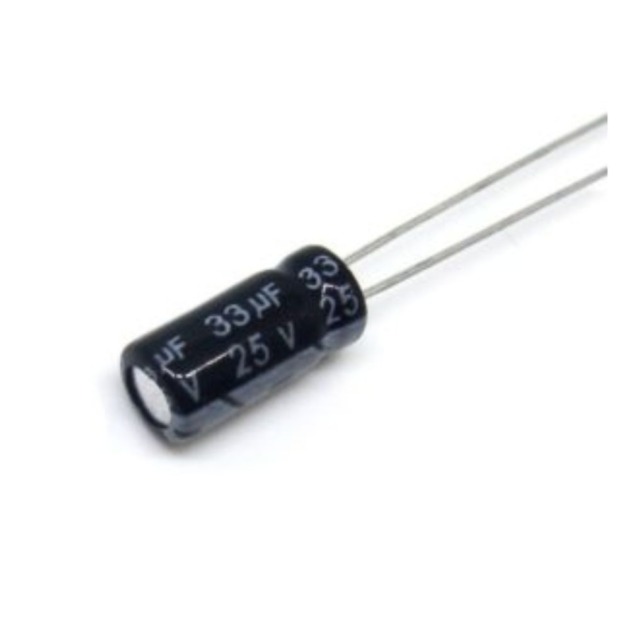
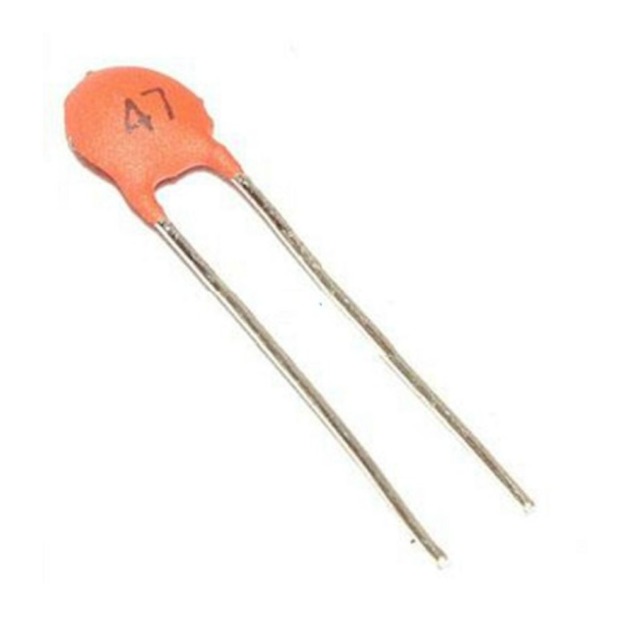
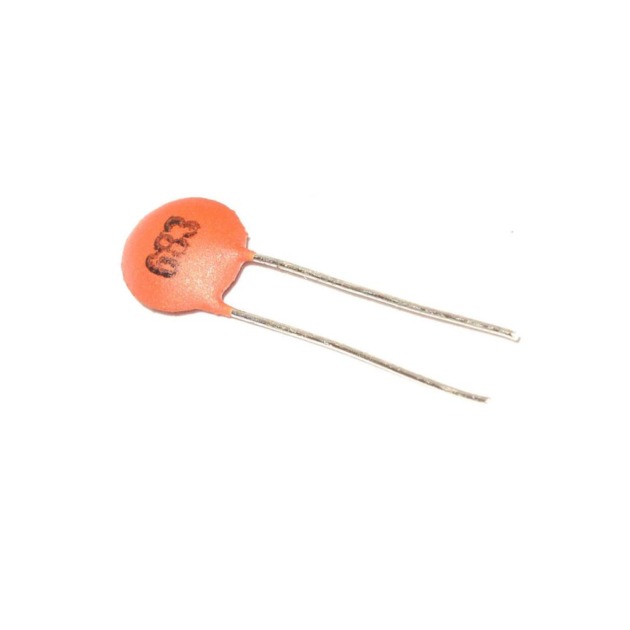
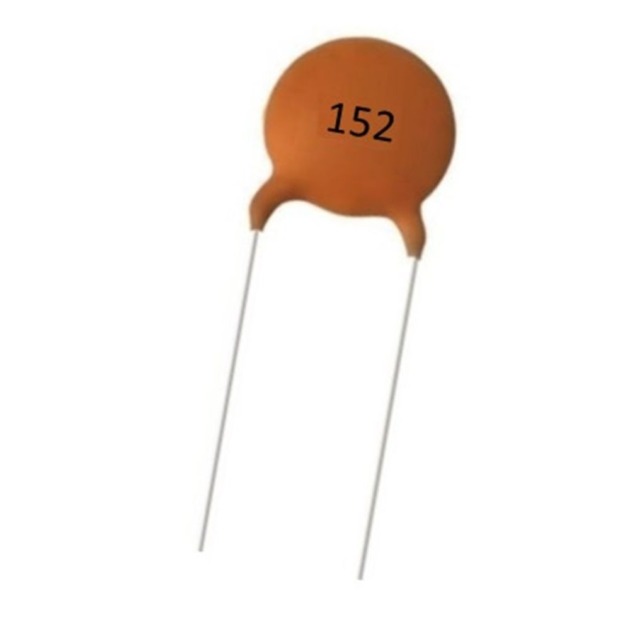
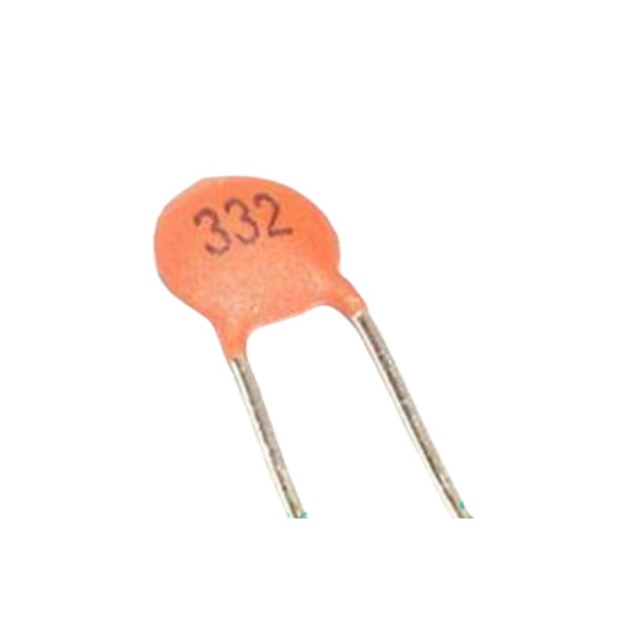

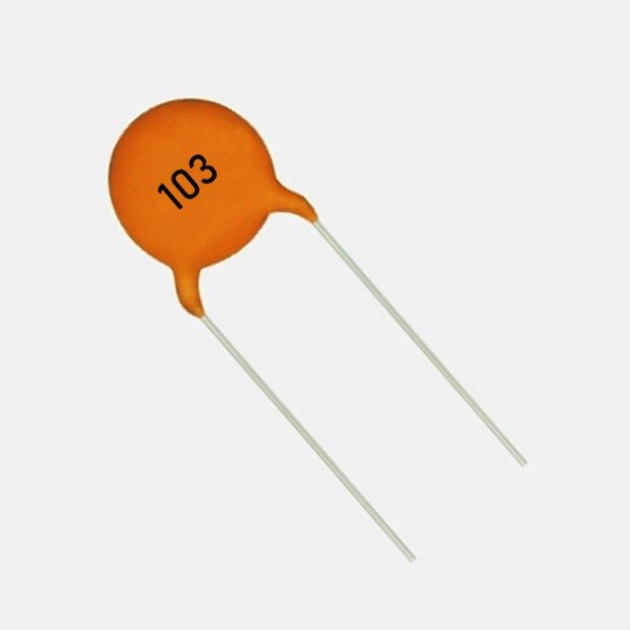
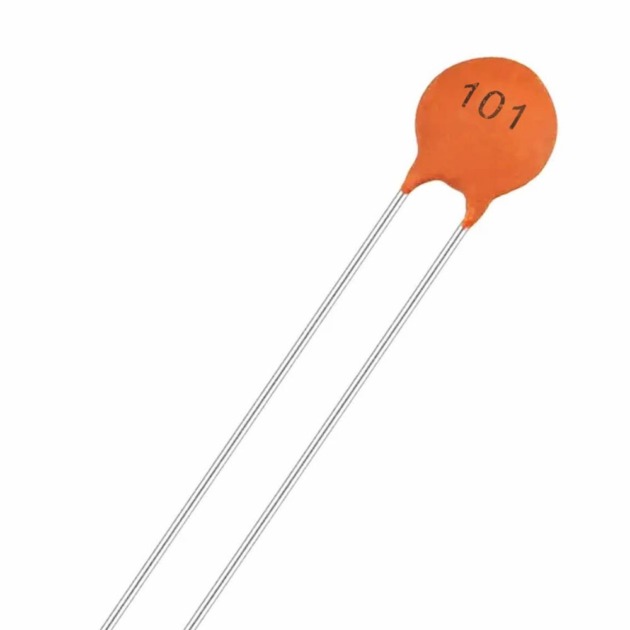
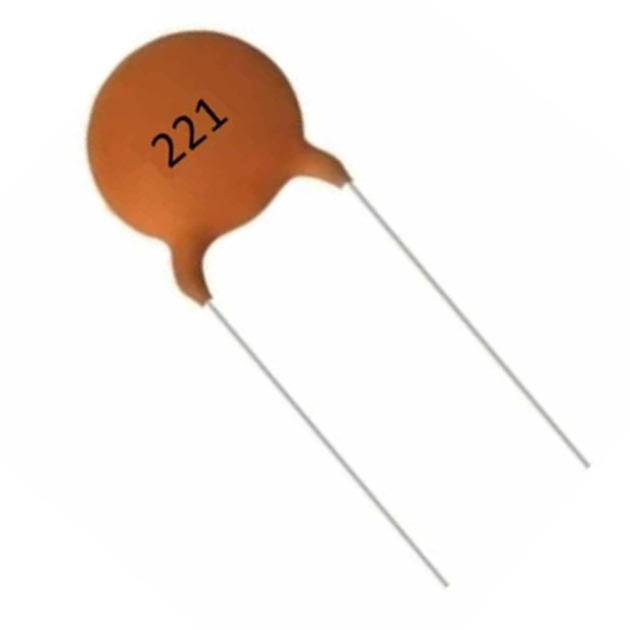
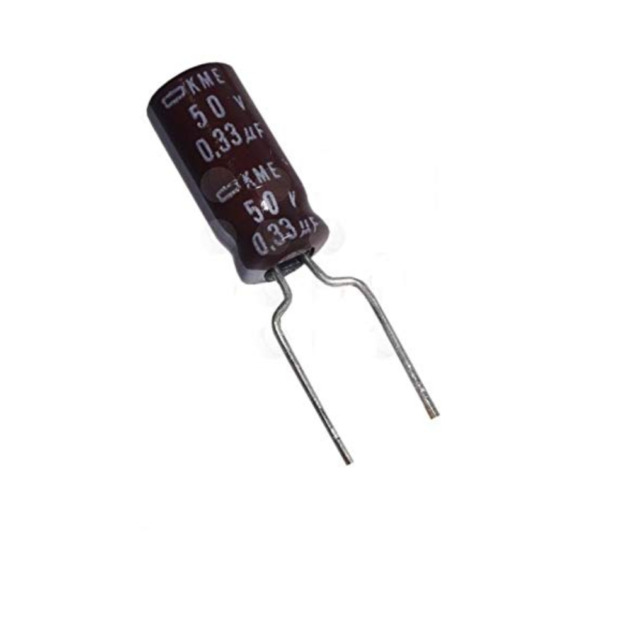
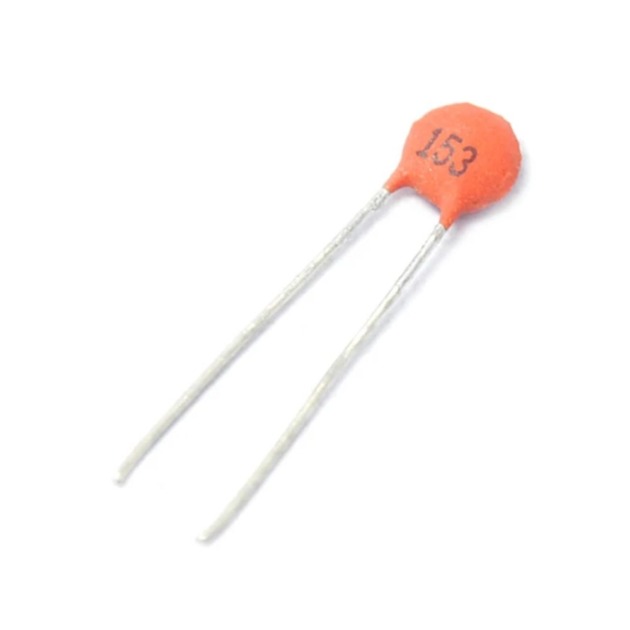
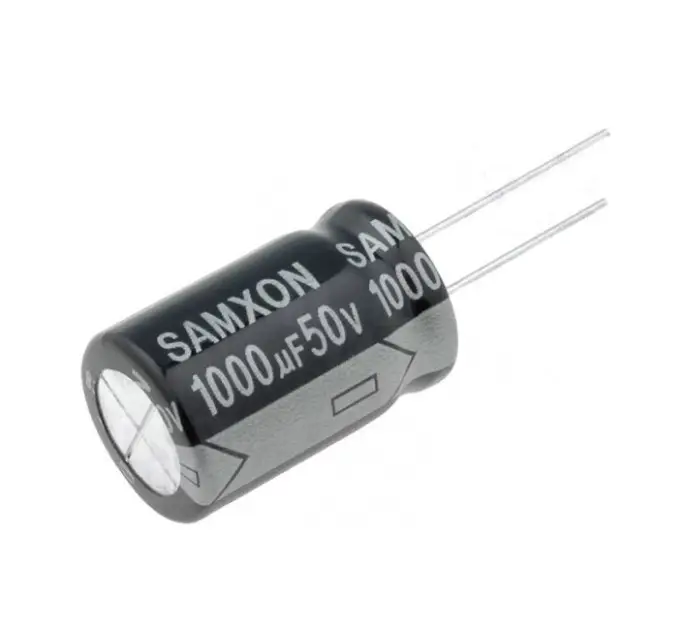
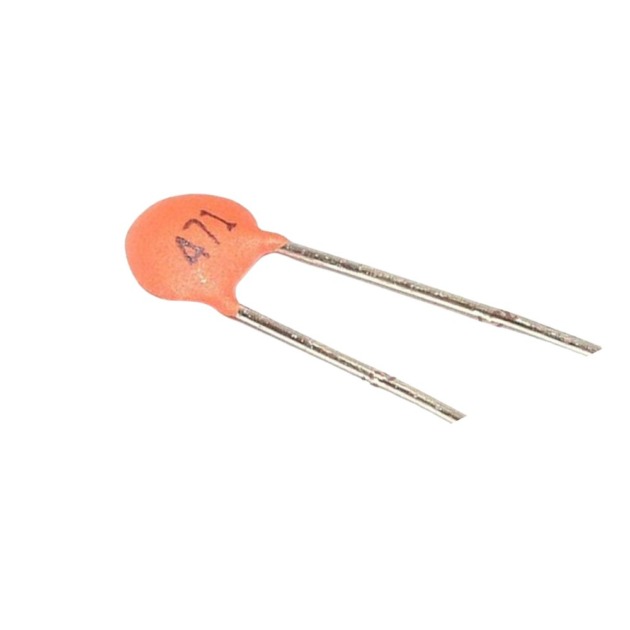
Reviews
There are no reviews yet.